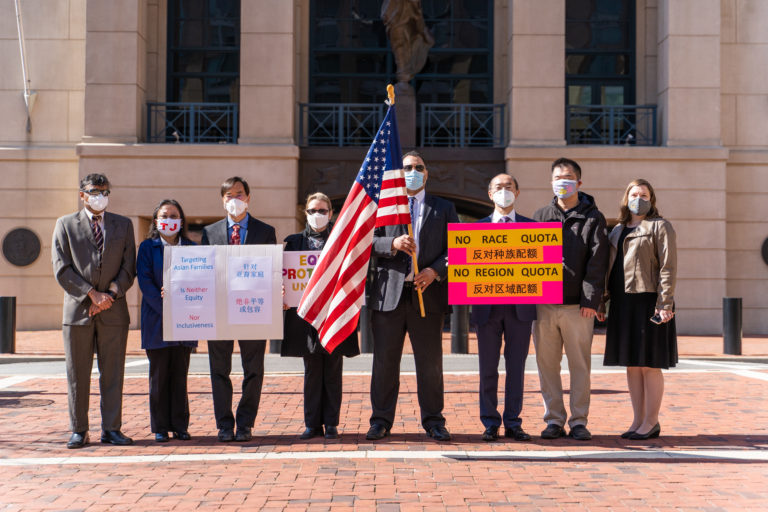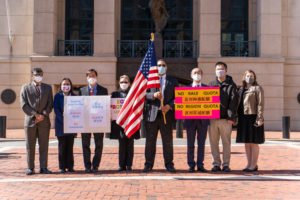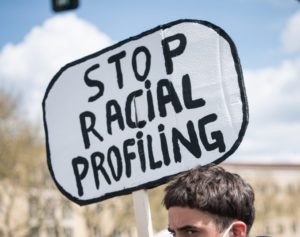Judge rules Coalition for TJ’s fight can continue in federal lawsuit: What it means for racial discrimination in schools

Last Friday morning, federal district court judge Claude Hilton issued an exciting ruling from the bench: despite the Fairfax County School Board’s urging, Judge Hilton refused to dismiss the Coalition for TJ’s lawsuit alleging that the School Board violated the Fourteenth Amendment’s Equal Protection Clause when it changed the admissions policy for Thomas Jefferson High School for Science and Technology specifically so that fewer Asian-American students will be admitted.
Although the School Board claims the admissions policy changes are race-neutral and intended only to increase diversity at TJ, as the school is commonly known, Judge Hilton was skeptical: “Everybody knows the policy is not race-neutral, and that it’s designed to affect the racial composition of the school,” he said. “You can say all sorts of beautiful things while you’re doing others.”
This is a significant victory in the war against discriminatory public school admissions policies. It is the first time a court has held that allegations of a policy being facially race-neutral but still discriminatory are enough to state a claim for intentional discrimination against Asian-American students.
The Coalition for TJ lawsuit, like PLF’s lawsuits in Montgomery County, Maryland, and New York City, is fighting a new kind of racial discrimination that is fast becoming popular in magnet and specialized K-12 public schools across the country. In the past, school districts might attempt to manipulate the racial balance of their public schools with express racial quotas, like when Hartford, Connecticut, refused to admit more than 75% Black or Hispanic students to its elite magnet schools.
But express racial quotas are automatically subject to the highest standard of judicial scrutiny, called strict scrutiny, and it can be difficult for school districts to justify those race-based policies in court.
Instead, school boards like Fairfax County are now taking their racial balancing underground by implementing policies that are race-neutral on their face but use racial proxies to achieve the same goal.
For example, in Fairfax County, many of the Asian-American students likely to earn admission to TJ are concentrated in a handful of middle schools with advanced academic programs. Rather than set an outright racial quota for how many Asian-American students should be admitted to TJ, the Fairfax County School Board devised a new admissions system that limits how many students each middle school can send to TJ. It’s a surgical strike on Asian-American students who want to attend TJ.
Suddenly, middle schools that typically send 70 or 80 students to TJ will be limited to 10 or 12 spots. For middle schools with large Asian-American populations, the result of the new policy is likely to be a drastic reduction in the number of Asian-American students—and only Asian-American students—who will be selected for TJ.
Its admissions policy appears race-neutral on the surface, but when you dig just a little bit deeper, it obviously makes it more difficult for Asian-American students to get into TJ simply because of their race.
Fortunately, Judge Hilton dug deeper to find the racially discriminatory root of the new TJ admissions policy. More courts should do the same to ensure that school districts can’t accomplish by proxy what they’d be barred from doing outright.
And school districts, take note: This kind of discrimination isn’t fooling anyone.











